Giving Inflammation the Boot_5 Foods That Can Help
This season is what I like to call “Post-Holiday Fallout”—the time of year where we experience the uncomfortable effects of our holiday celebrations…though I’m guessing you, like the rest of the world, experienced a shift in what your celebrations looked like this year thanks to the pandemic.
Whether you celebrated with a few friends or alone, if you overindulged over a long period of time, your effects could be the same—joint pain, general discomfort, swelling, and just an overall sense of feeling less than your best.
These symptoms, my friends, can be sure signs of an inflammatory imbalance in your body, and they can do a number on your health.
Research has long pointed to the connection between chronic inflammation and a slew of diseases. And it makes sense—your body’s inflammatory response is supposed to kick in occasionally, do deal with illness or injury.
It was never meant to stay in an inflamed state long term.
And yet…
Chronic stress, low activity levels, and diet can contribute toward a perpetual state of inflammation.
The good news is, you can change things for the better—whether your inflammation is the result of a short season of overindulgence during the holidays, or is something you’ve battled long term.
I want to share with you 5 foods that are great at reducing inflammation and easy to incorporate into your diet.
1. Green Tea
I hope you’re sipping a cup of tea as we go through this list—and I really hope it’s green. Why? Green tea is a powerhouse when it comes to battling inflammation thanks to its high levels of EGCG, a powerful antioxidant and anti-inflammatory.
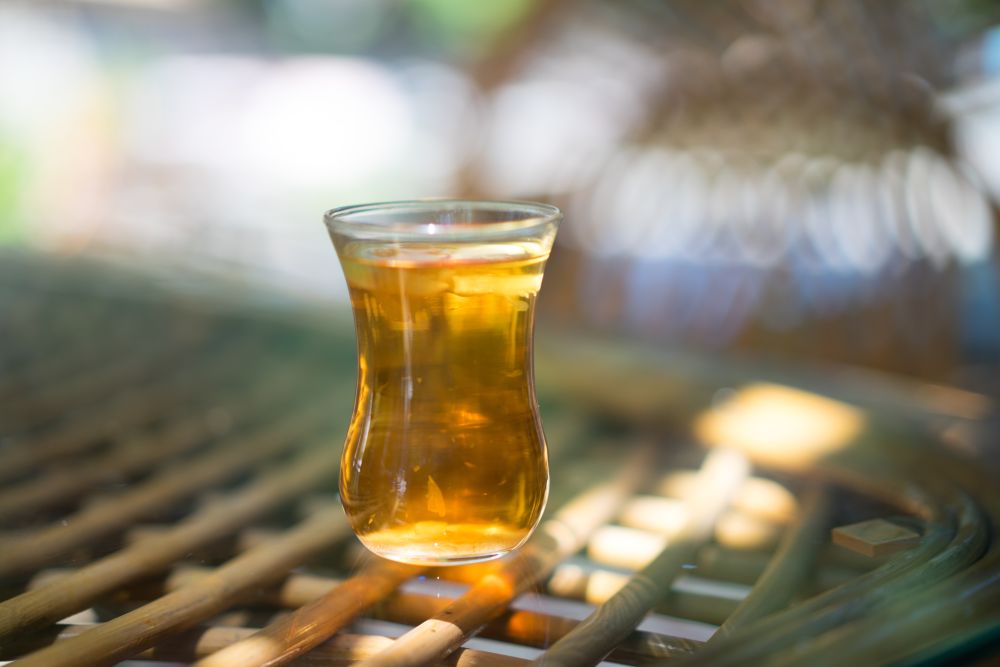
2. Ginger
Speaking of anti-inflammatory powerhouses, ginger is right up there with the best. In fact, a study published by the Dental Research Journal found ginger to be as effective as ibuprofen in managing post-surgical pain.
Not only does ginger reduce inflammation on a cellular lever, but it can also help to curb nausea and reduce your risk for developing ulcers.
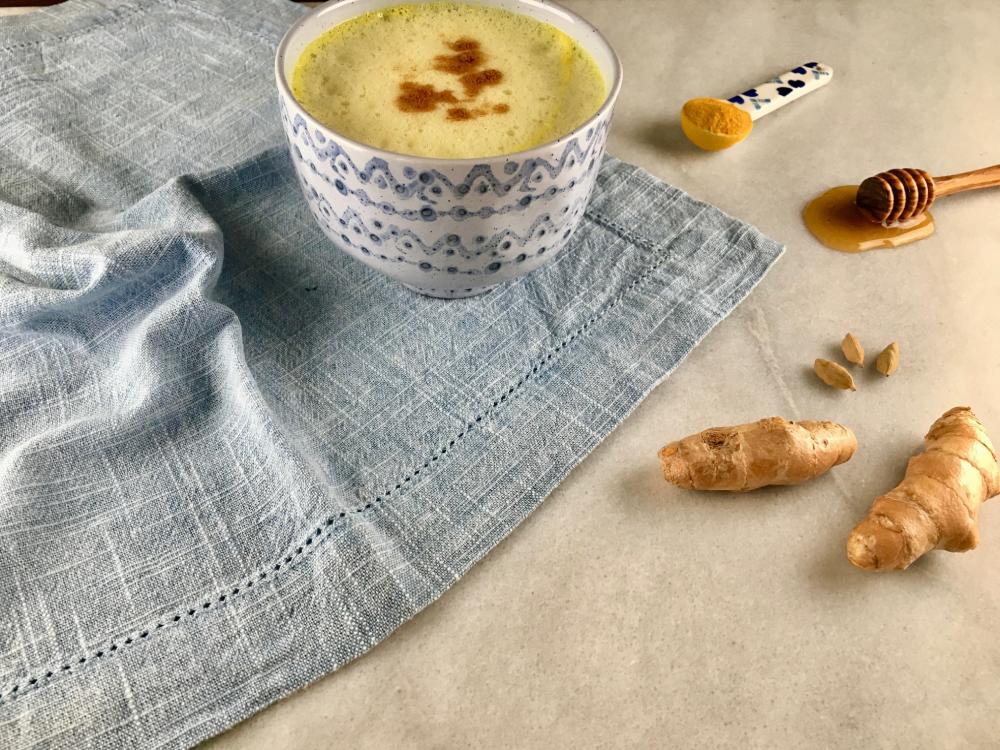
3. Bone Broth
Ah, the healing elixir that is bone broth. If you haven’t jumped on this bandwagon yet, you really should…it’s just so good for you.
Bone broth can be particularly helpful when dealing with digestive inflammation, thanks to its high concentration of glutamine—an enzyme used by intestinal cells.
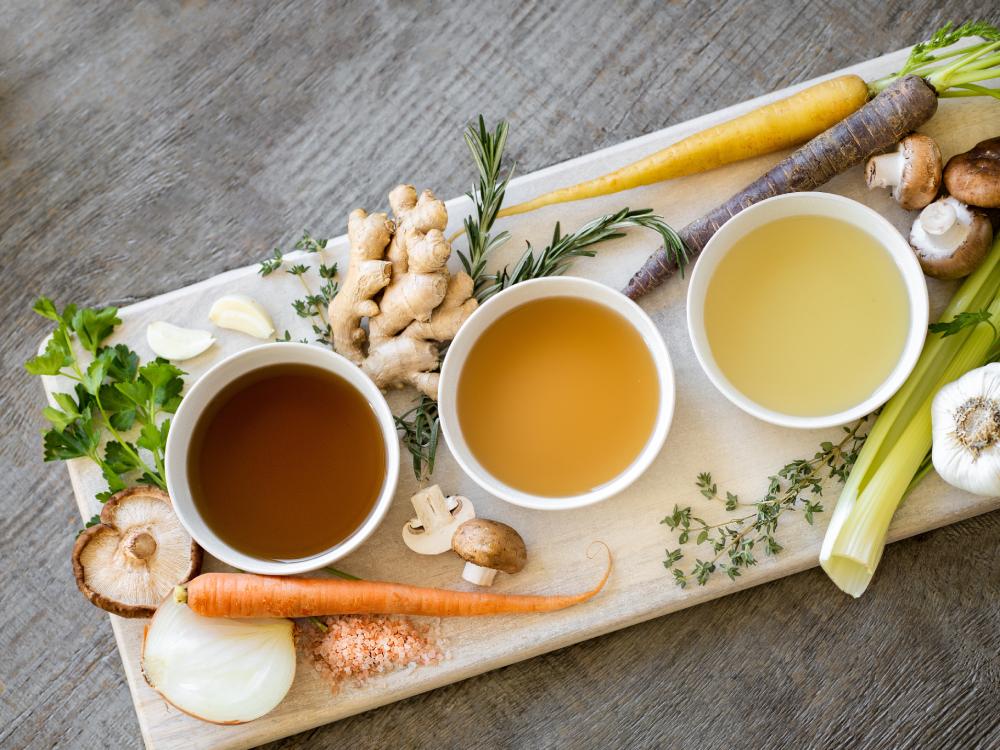
4. Capsaicin
Capsaicin is what makes hot peppers spicy…and it just so happens to be a wonderful anti-inflammatory food.
Capsaicin lowers inflammation, which can, in turn, reduce plaque buildup in the heart and give your immune systema boost.
Recent research at the Mayo Clinic has indicated that the health benefits aren’t limited to hot peppers—green and red bell peppers are equally wonderful to incorporate into an anti-inflammatory diet.
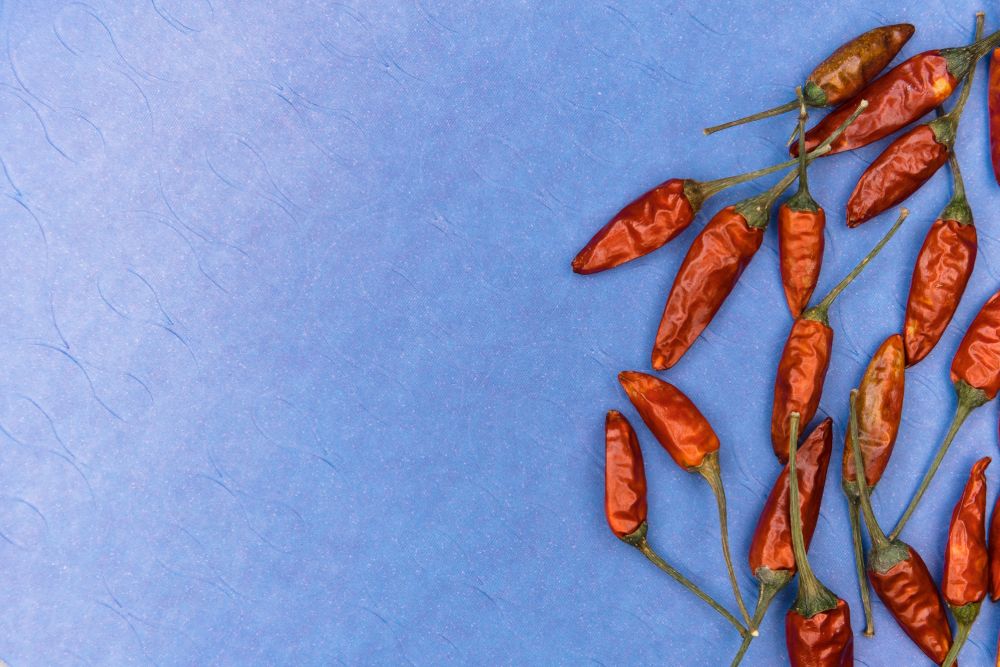
5. Turmeric
Think of turmeric as the golden child of anti-inflammatory foods. Most people are familiar with the inflammatory benefits of this yellow spice, made from the root of the turmeric plant.
Turmeric contains curcumin, a substance that is both antioxidant and anti-inflammatory. The mild taste of turmeric makes it easy to incorporate into your diet—sprinkle it on eggs, brew a cup of turmeric tea, or make a turmeric dressing for your salads.
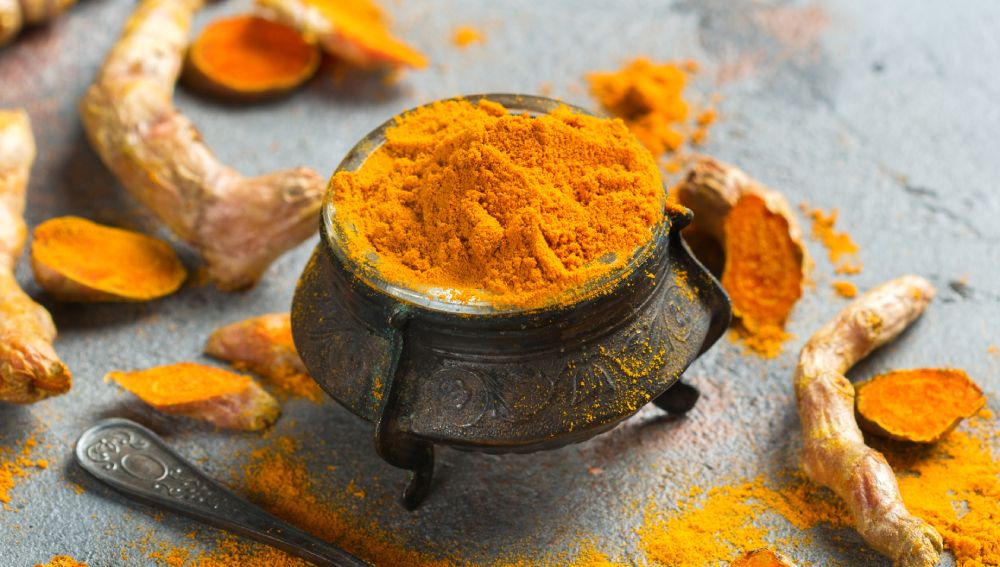
I hope this list inspires you to give anti-inflammatory eating a try. It doesn’t require a complete overhaul of your diet. Make a few adjustments. Incorporate a few of these foods into your meal prep.
Try it little by little.
You might be surprised at what big changes you see from a few small steps.
Resources




